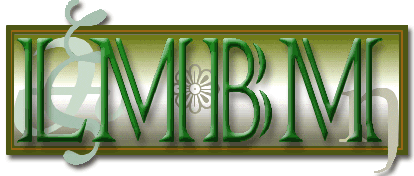The Integrated Morphology Hypothesis is opposed to the
Split Morphology Hypothesis of Matthews (
1972, 1991), Anderson (
1982, 1992), and Perlmutter (
1988), who claim that derivational morphology is too irregular to be combined with inflection. Supporters of Split Morphology are forced to represent the most productive affixes twice in their theories, once in the lexicon and once outside it to explain the fact that the most productive affixes usually operate over both types of derivation.
In English, for example, the most productive verbal affixes are
-ing and
-ed, e.g. is
leak-ing and
leak-ed. Both these suffixes also productively realize the Resultative nominalization and Possessional adjectivization L-derivations, e.g.
a paint-ing, carv-ing, weav-ing and
beard-ed, forest-ed, long-arm-ed. LMBM assumes that L-derivation takes place in the lexicon and I-derivation, in syntax. Both types of derivation are then subject to morphological realization by the same MS module. LMBM only claims that the phonological realization of derivational and inflectional morphology (L- and I-derivation) is identical; the two types of derivation, one in the lexicon, the other in syntax, remain distinct. LMBM entails 'split derivation' but integrated morphological realization. See also Booij (
1993).

